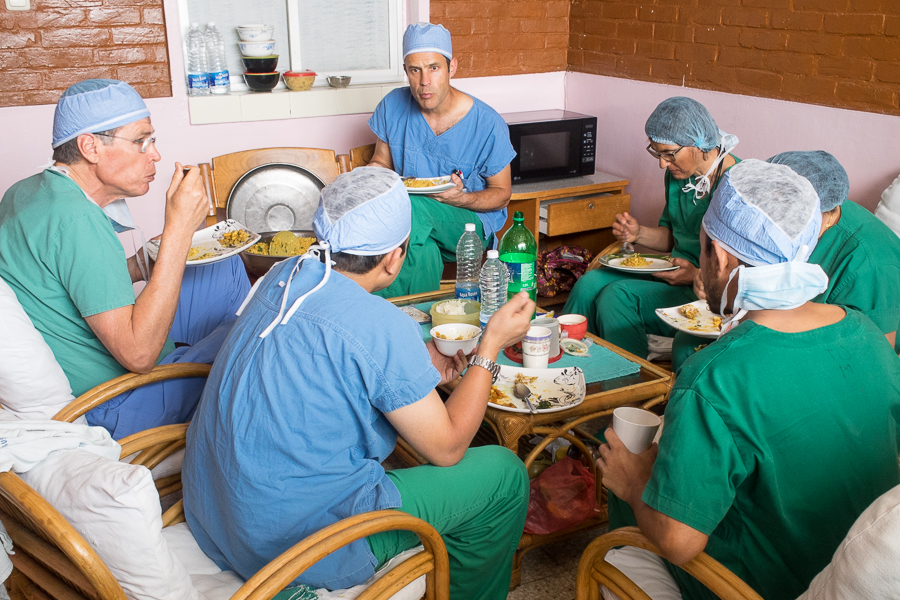
A team of six individuals left early in the morning on May 6 with the goal of aiding the needs of the people in Nepal after the earthquake. Two orthopedic surgeons, a orthopedic resident, a scrub tech, an anesthesiologist and a logistical support person all joined together to work for nearly two weeks at the hospital. While on site they experienced regular after-shocks as well as the second big hit, a 7.3 earthquake. Throughout the experience they were able to update their blog, Haitibones.org and provided information to the outside world. Read their blog below or click on these links to jump directly to the posts.
New Life In The Midst Of Tragedy
Thank-you To Our Nepali Friends
Thank-you To Our Nepali Friends
The tenth installment of the May, 2015 Loma Linda University Health Orthopedic Team visit to Nepal.
All of our team members made it safely back to California several days ago, in fact Elaine Lewis is already back to work in Haiti. All in all, it was an amazing trip one that we will long remember. Since our return, team members have been privileged to give several interviews and presentations which will hopefully translate into more donor dollars funneled into the Nepal relief effort.
Our goals for this venture were to provide orthopedic surgical services for the quake victims, administrative disaster support to Scheer Memorial Hospital and hopefully play a role in fundraising for the hospital. Looking back, we largely accomplished all of our goals but like most volunteer excursions, we all feel that we probably got more out of the experience than we ever gave. However, we would like to recognize several key individuals without whom our trip would not have been nearly as successful.
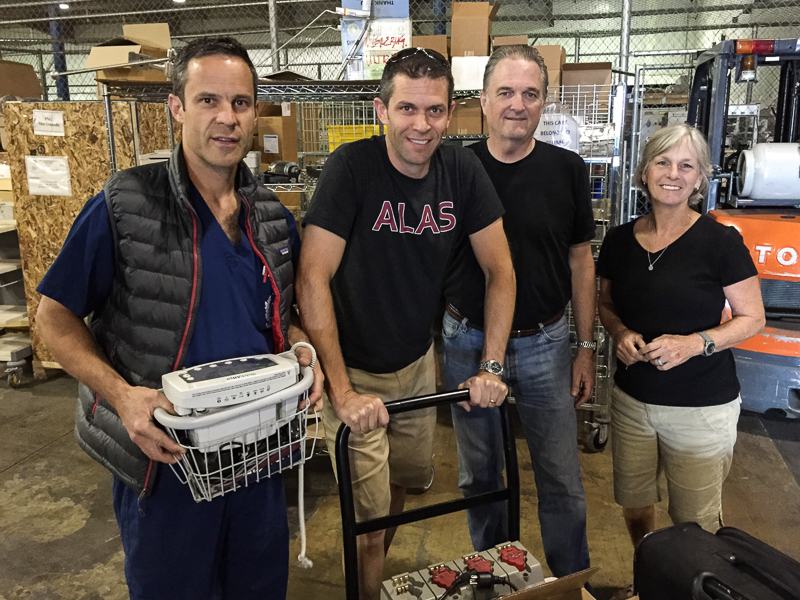
First and foremost, we would like to recognize Jerry Daly (third from the left) who is the Associate Director for the Global Health Institute and Assistant Vice-President for Global Outreach at Loma Linda University. We have worked with Jerry on numerous occasions in the past and he and his team always perform miracles for us when it comes to gathering the equipment we need and facilitating our travel arrangements.
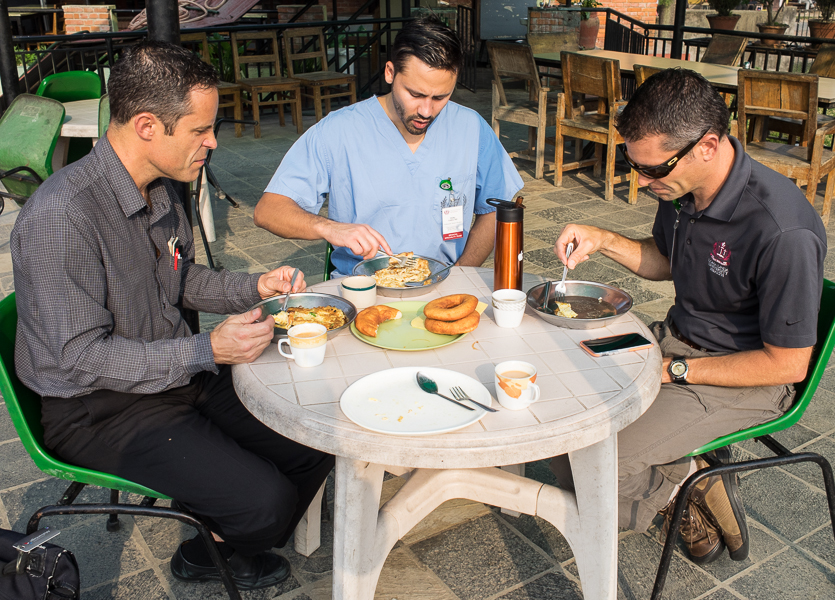
We would like to thank the canteen staff at Scheer Memorial Hospital (SMH) who provided delicious home-cooked meals for us at nominal cost. Favorite breakfast items included omelettes and freshly baked doughnuts.
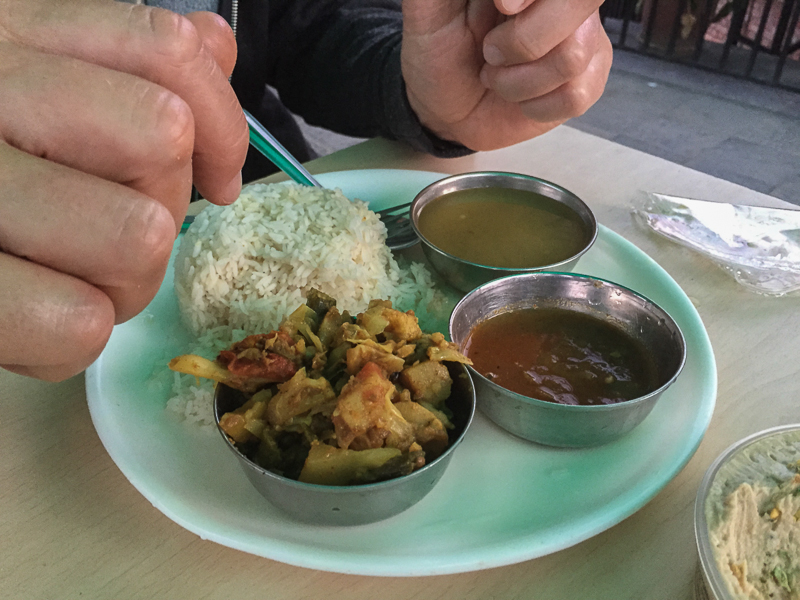
A classic Nepali staple is rice (bhatl) and lentil soup (dal) with curried veggies and tomato achar. If you want to eat it like a traditional Nepali, mix all of the aforementioned items together and proceed to eat the meal, all with your right hand! This particular meal is considered acceptable to eat for breakfast, lunch or dinner. We were truly grateful for the canteen chef’s contribution toward refueling our team each day.
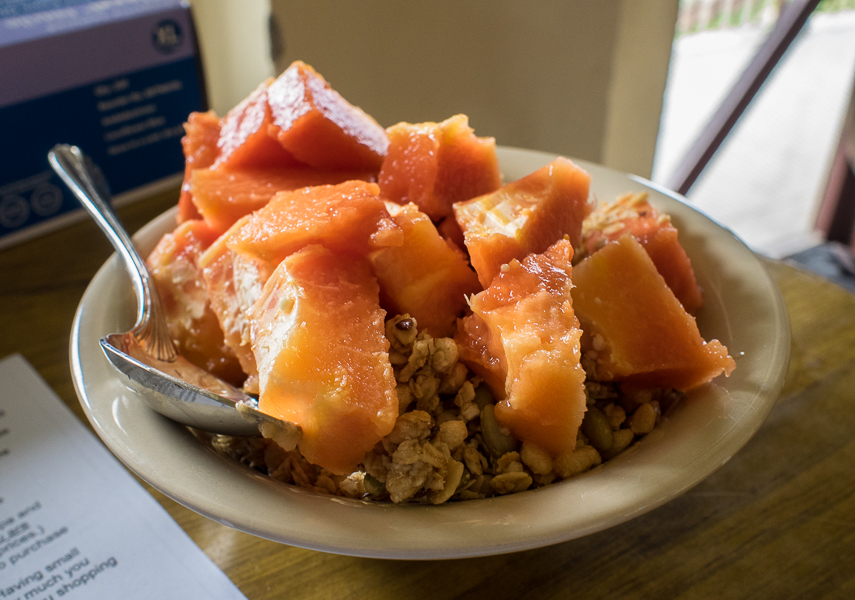
From a gastronomic standpoint, anesthesiologist Steve Mulder is the absolute ideal companion to have on a trip like this. Before departing the US, Steve cleaned out his local Trader Joe’s and brought a literal suitcase full of nuts, granola, almond milk, vege chilli etc. Here is one of Steve’s classic breakfast offerings, fresh papaya and almond milk over TJ’s granola.
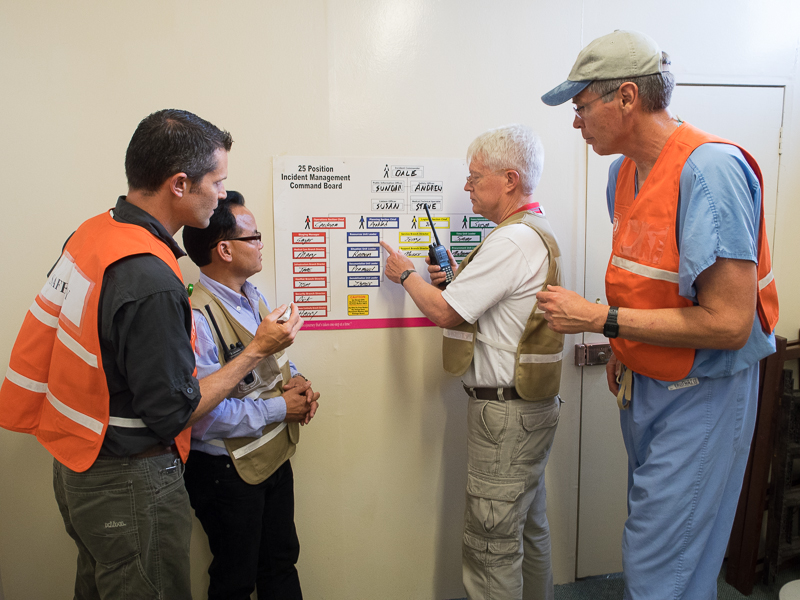
Dale Mole, third from the left, is the relatively new CEO of Scheer Memorial Hospital (SMH). Recently retired from the Navy as an emergency medicine physician, Dale and his wife elected to forego a life of leisure and move to Nepal. We were impressed with Dale’s management skills and are very optimistic about SMH’s future under his leadership. Anyone who has spent weeks on end in a submarine and an entire year at the South Pole is ready for the challenge that lies before him in Banepa.

SMH Orthopods Prameed Pilli on the left and Anuj Raj Bijukchhe were gracious hosts and we all worked well together to manage patients in and out of the operating room.
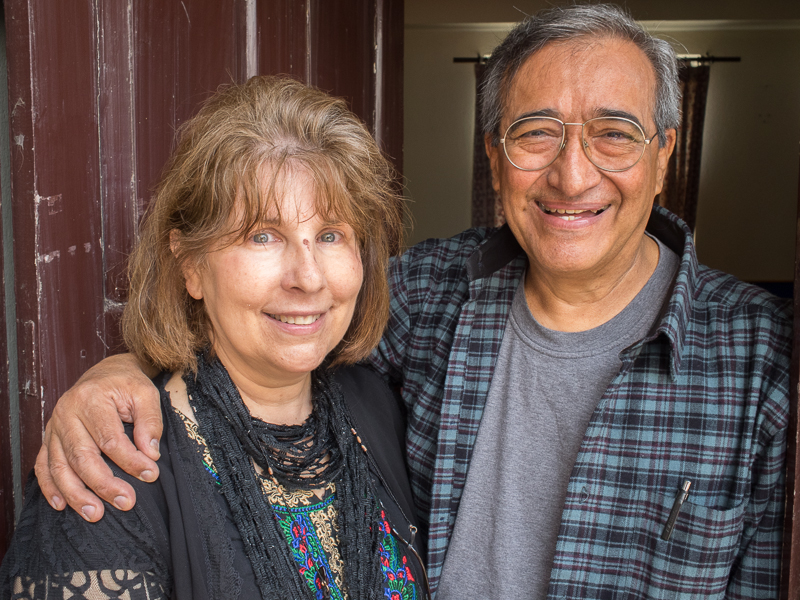
Anesthesiologist Ramon Ruiz, pictured with his wife Linda, provided our patients with efficient and compassionate care in the operating room.
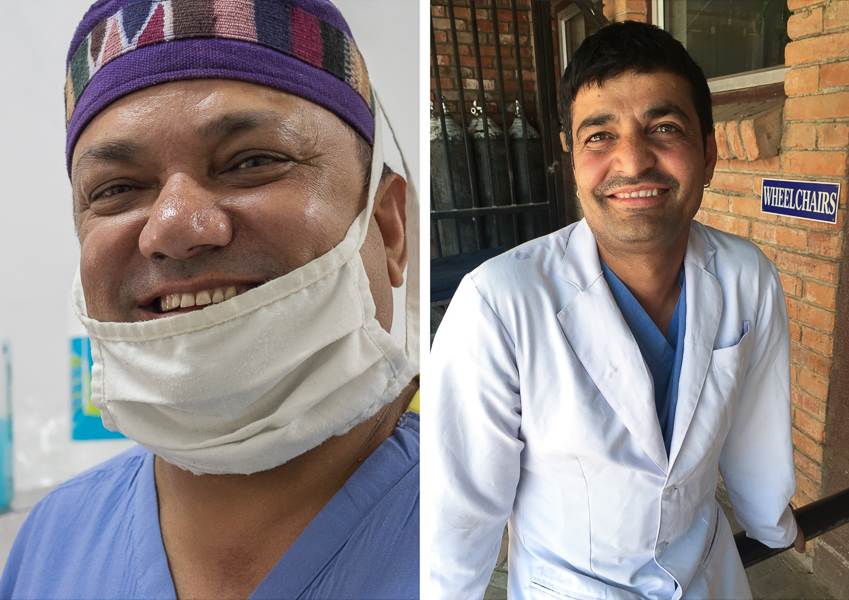
Laxman Thapa on the left and Sita Ram on the right, were both young men working in the operating room when I first visited Scheer Memorial Hospital in 1995. Laxman is now working as an anesthesia tech in the operating room and Sita Ram works as a technician in the emergency room.
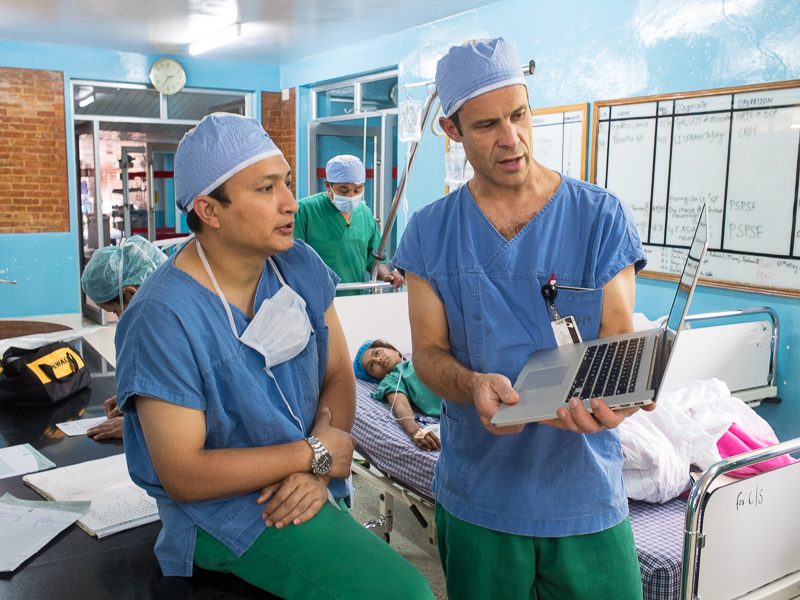
Deepak Shrestha is the Chief of Orthopedics at Dhulikhel Hospital just a few kilometers from our home base in Banepa. Cognizant of the huge backlog of cases awaiting his staff, Deepak fully embraced our team and gave us our own room to start slogging through the caseload. The banner image above was taken at Dhulikhel Hospital where we were grateful for their hospitality between cases.
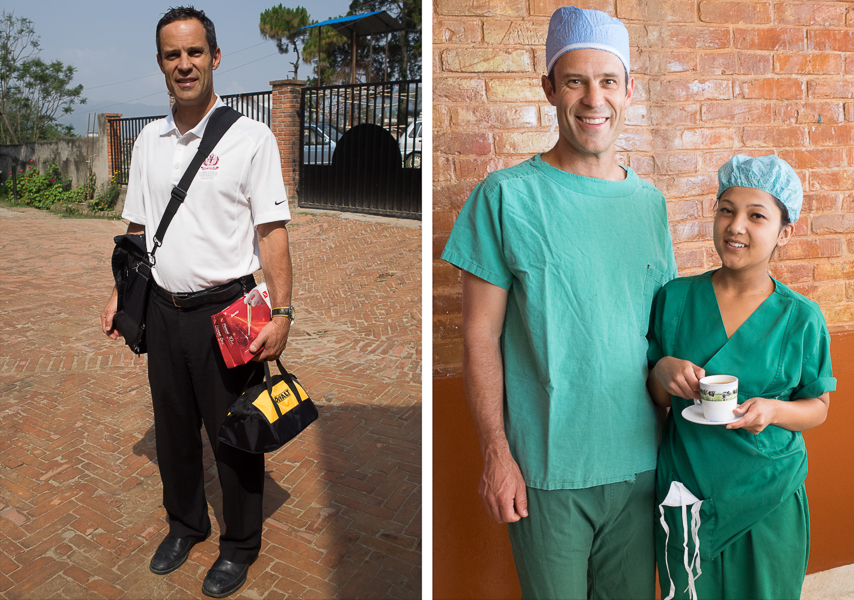
Scott Nelson on the left getting ready to leave for Dhulikhel Hospital bearing the gift of a new DeWalt surgical drill/driver purchased from our local Home Depot along with a specially designed sterile cover. The combo works almost as well as a similar item we would purchase for several thousand dollars back home. Scott posing on the right with All-Star scrub tech Roshni who exhibited technical expertise far beyond her 24 years of age and amazing poise in the operating room even during a 7.3 trembler!
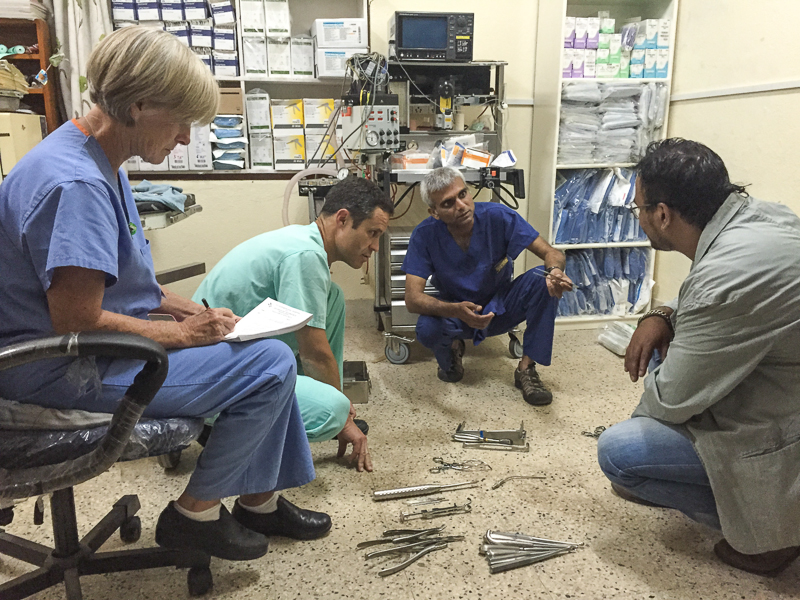
One of the tangible contributions to Scheer Memorial Hospital (SMH) that we were able to make were the trays of surgical gear donated through the efforts of Jerry Daly and the Global Health Institute. Orthopedic surgery is such an equipment-intensive specialty so we were grateful to provide these new tools for the SMH ortho team to utilize.
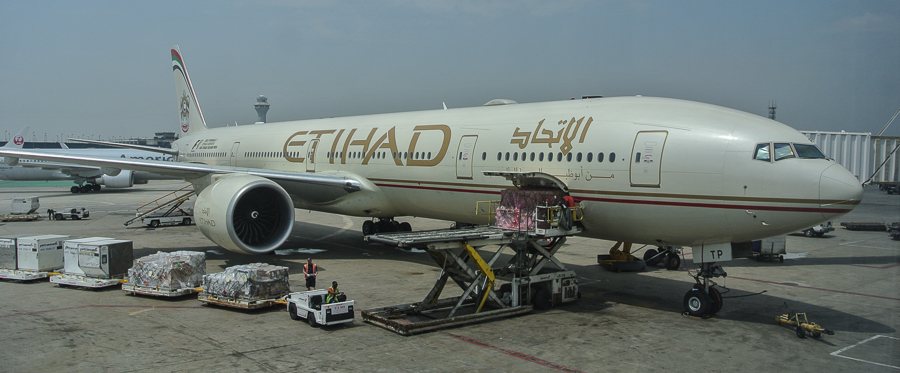
Finally, we’d like to give Etihad Airways, the flag carrier airline of the United Arab Emirates, a shout-out for getting us safely to and back from Kathmandu. We landed and took of from a compromised Kathmandu airport without incident and were treated royally in flight. We were fortunate enough to score seats behind the bulkhead between business and economy class which afforded us extra leg room along with power ports for our phones and computers.
Tales Of Loss And Survival
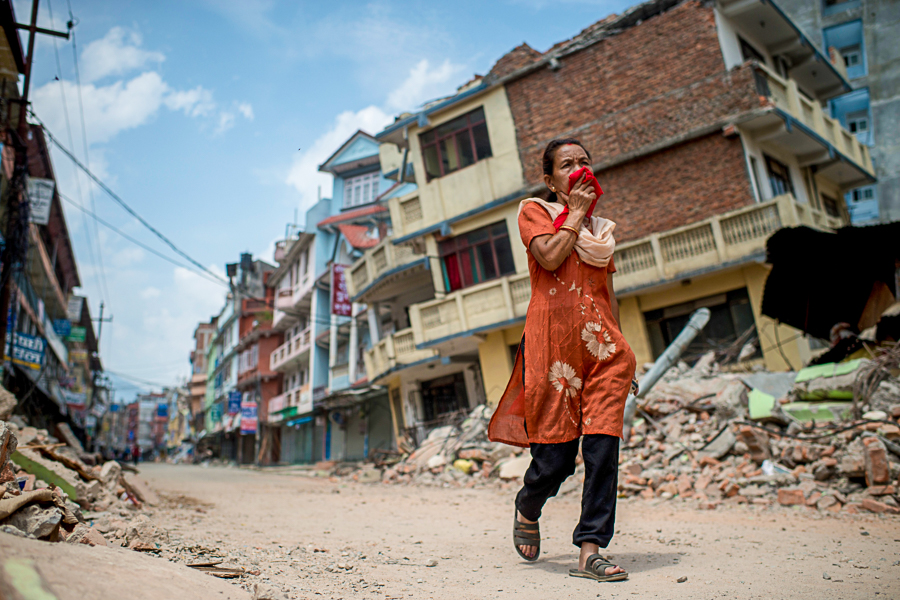
Click here to get a brief view of the staggering human toll in Nepal, and just like many of the souls in Haiti after their earthquake tragedy, you will get a glimpse of the resiliency of those who survived. Scheer Memorial Hospital continues to treat victims of both the April 25 and May 12 earthquakes that crippled the country, please consider donating to the Nepal Relief Fund.
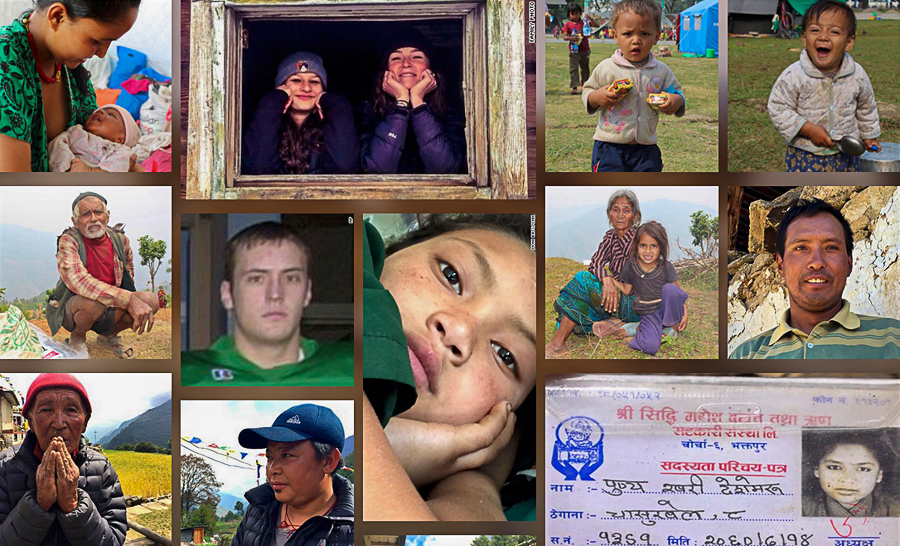
New Life In The Midst Of Tragedy
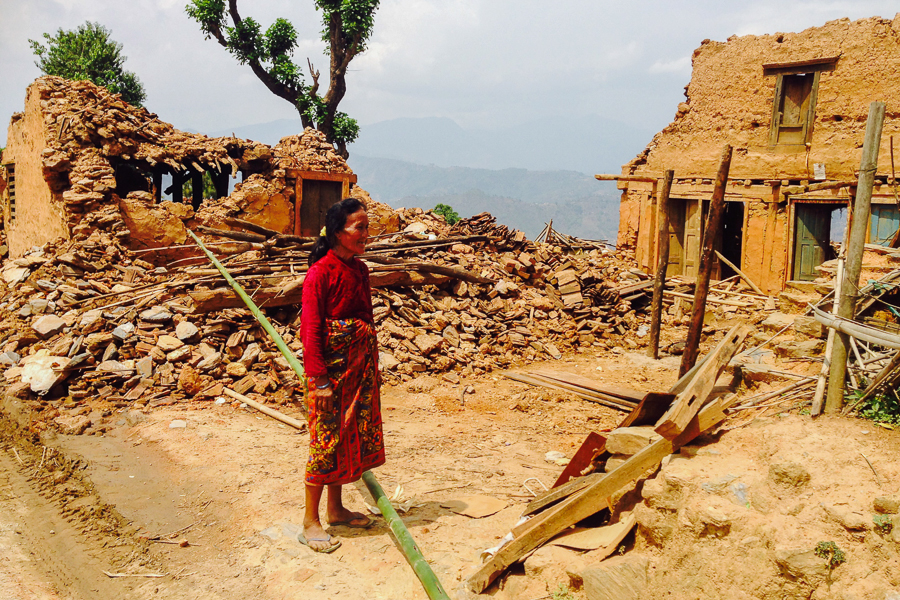
The ninth installment of the May, 2015 Loma Linda University Health Orthopedic Team visit to Nepal was written by surgical technician Elaine Lewis. In addition to her duties in the operating room, Elaine has many years experience as a midwife back home in California and was able to participate in the birth of two lives shortly after the second biggest quake in Nepal when so many more lives were lost. This was a phenomenon also noted in Haiti where many deliveries were precipitated associated with the stress of aftershocks.
Life in Nepal is certainly difficult, but the poverty doesn’t seem to compare with what I’ve seen in Haiti. Many of the people I saw in Nepal lived in rural settings with gardens and often animals. I felt like I was looking at the world through a pair of prescription lenses that were in a time warp. One side of the glasses viewed century-old practices and the other side viewed modern times. Women in colorful Nepalese clothing walked to the fields with huge baskets strapped to their foreheads while others rode motorcycles in western clothes.
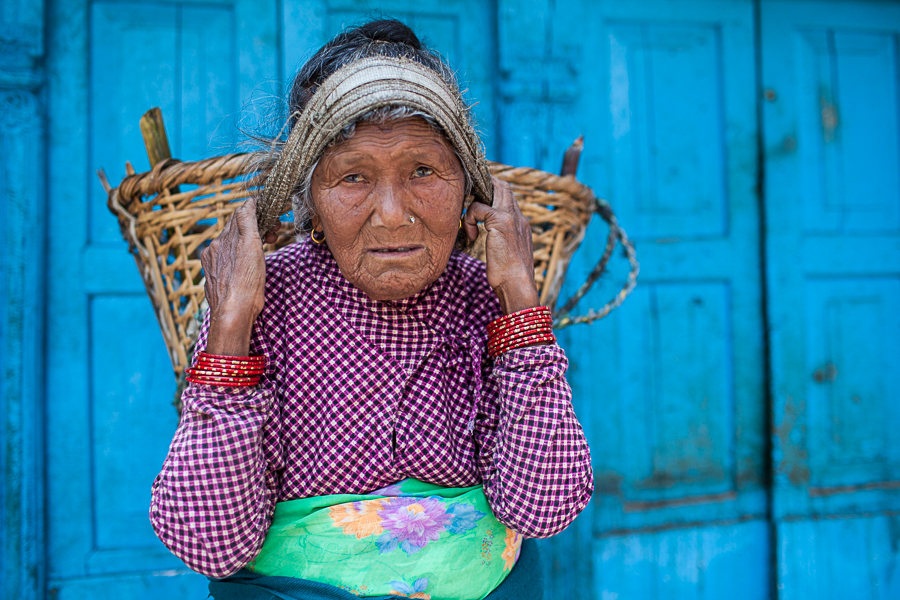
As the five of us from LLU walked, hiked, and ran through the hills surrounding Scheer Memorial Hospital (SNH) in Banepa, Nepal, we witnessed the devastation of a 7.9 earthquake that struck on April 25 and wondered how anyone survived and the death toll wasn’t much higher. A 7.3 quake followed while we were there and we saw a new wave of patients coming in for treatment with fractures and lacerations. Buildings that were severely compromised in the first quake came down in the second one. We saw dust clouds in the hills surrounding the hospital as buildings fell.
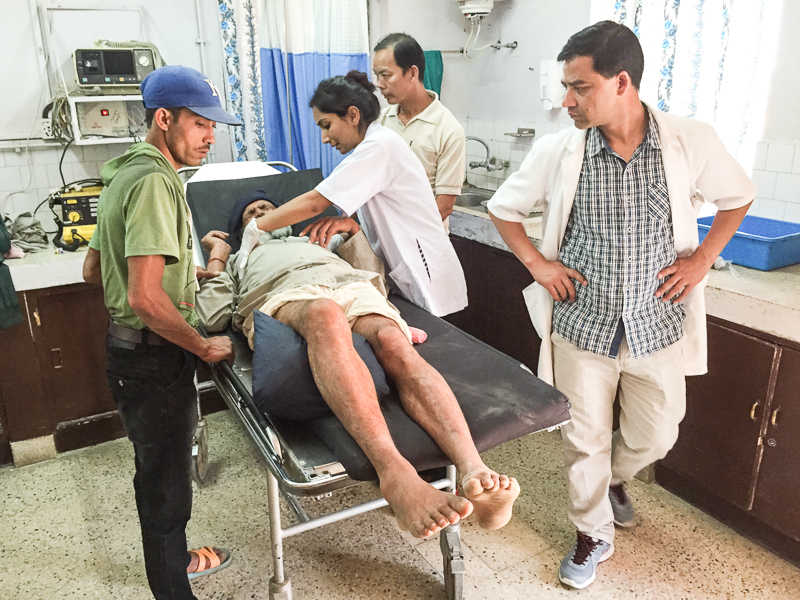
Newly injured patients began to pour into the emergency room at SMH after the 7.3 quake that occurred on May 12
But there were many bright spots surrounding the devastation. New life began for two pregnant mothers at Scheer shortly after the second quake. I was able to assist in the birth of two babies born just four minutes apart in the same room while I was there, and I watched with pride as none of the midwives or nurses bolted for safety during a 6.4 aftershock. All the new mothers slept outside in a tent with their babies in the chilly night air in case any more earthquake activity threatened.
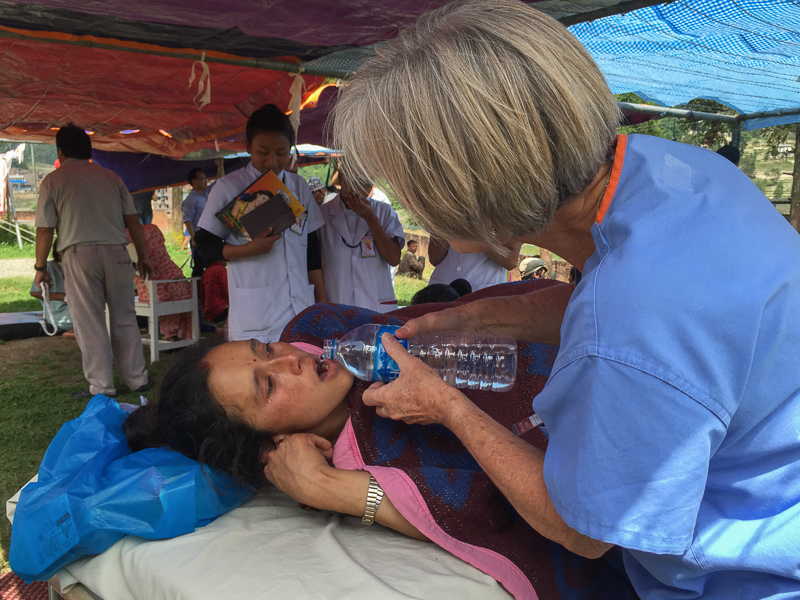
Elaine giving water to a new mother whom she helped deliver a little baby girl after the May 12 earthquake
Finally, a trip to a mountain village where every single home was leveled and two children died, was one I’ll never forget. A clinic was set up in a concrete building of newer construction with minimal damage. While Dr. Lou from Tennessee examined patients with varied ailments, the children played yard games with the young team of grief counselors from Kentucky that Dr. Lou brought with her. Someone told us that it was the first time the community had felt light-hearted since the quake. I have no idea how a people rebuild from nothing and with nothing, but it was clear that the Nepalese will do exactly that.
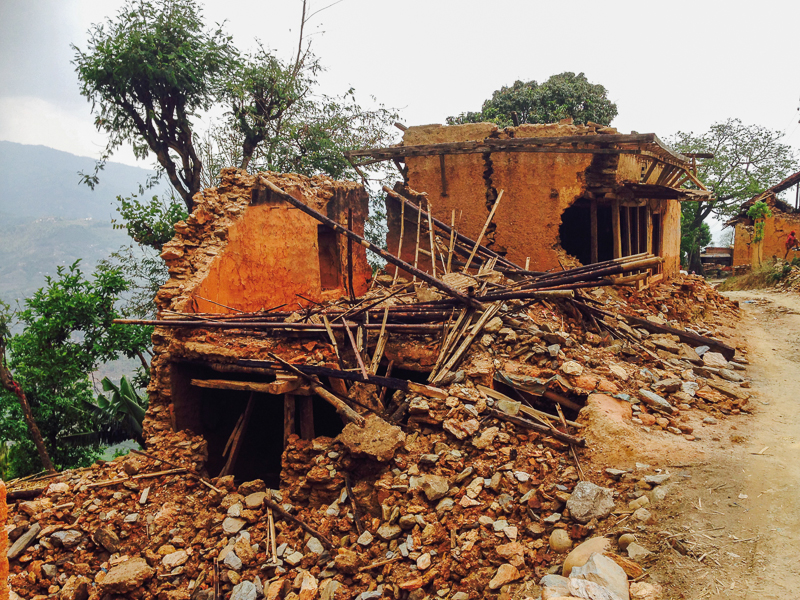
Namaste Nepal
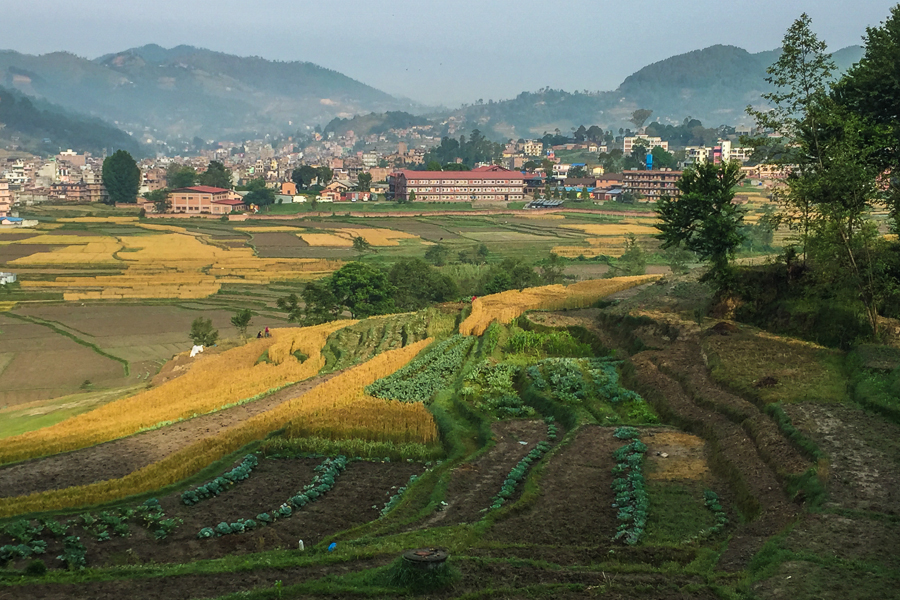
Part 8 of the May, 2015 Loma Linda University Health Orthopedic Team visit to Nepal. In addition to the April 25 7.8 magnitude quake, the devastated Nepali people were dealt another blow in the form of a 7.3 magnitude trembler on May 12. Please consider donating to Adventist Health International’s Nepal Earthquake Fund as there is still much work to be accomplished. Scheer Memorial Hospital is depicted in the banner image above on the edge of fields of crops.
Most mornings we were able to get up around 5:30 and go for either a run or walk through the hills behind the hospital and interact with some of the villagers. It was then that we became even more impressed with the resiliency, fortitude and warmth of the Nepalese spirit that I hope is reflected in the following photo essay.
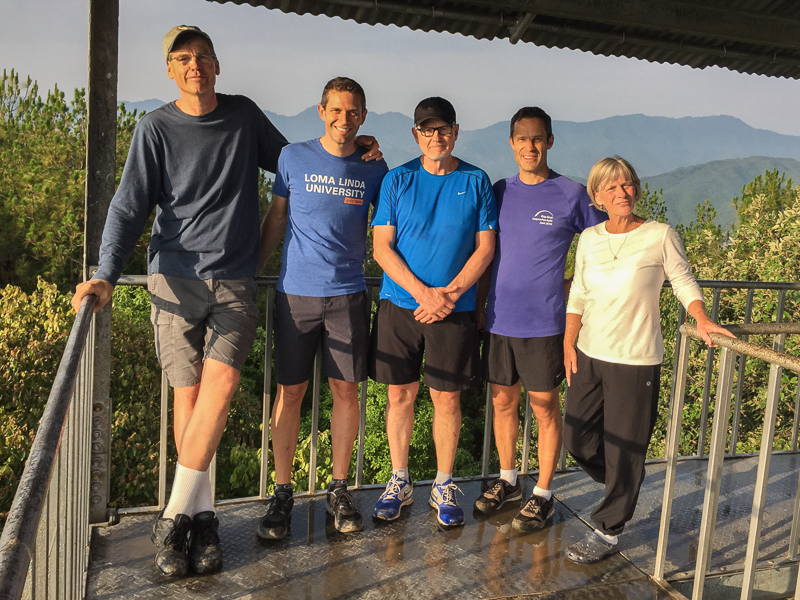

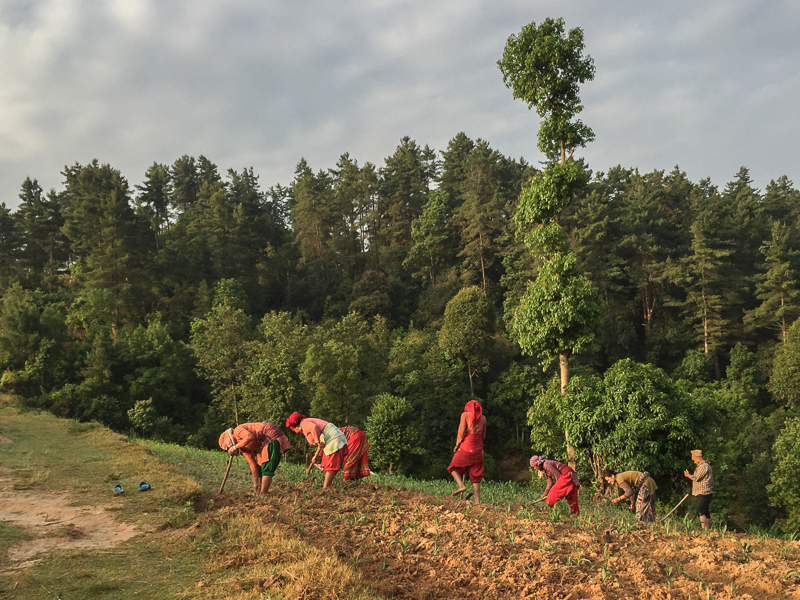
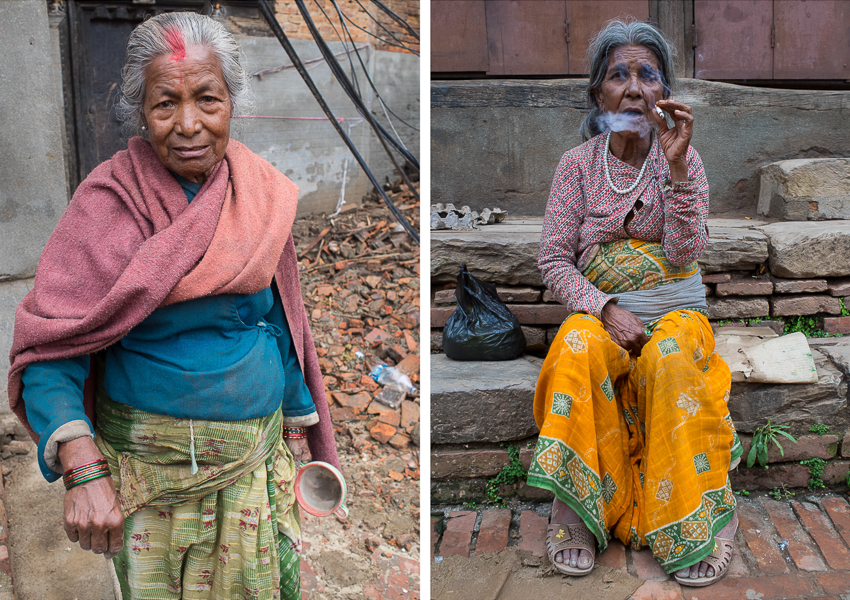

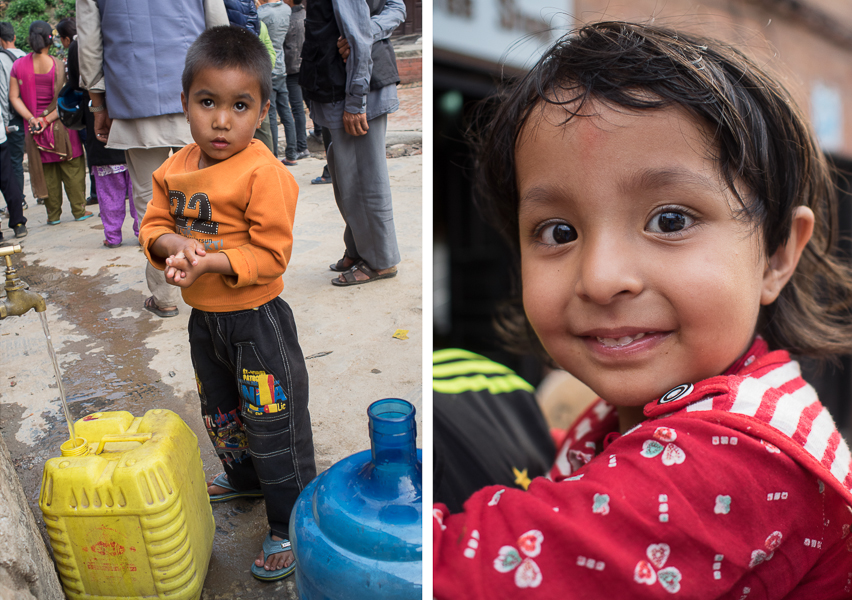

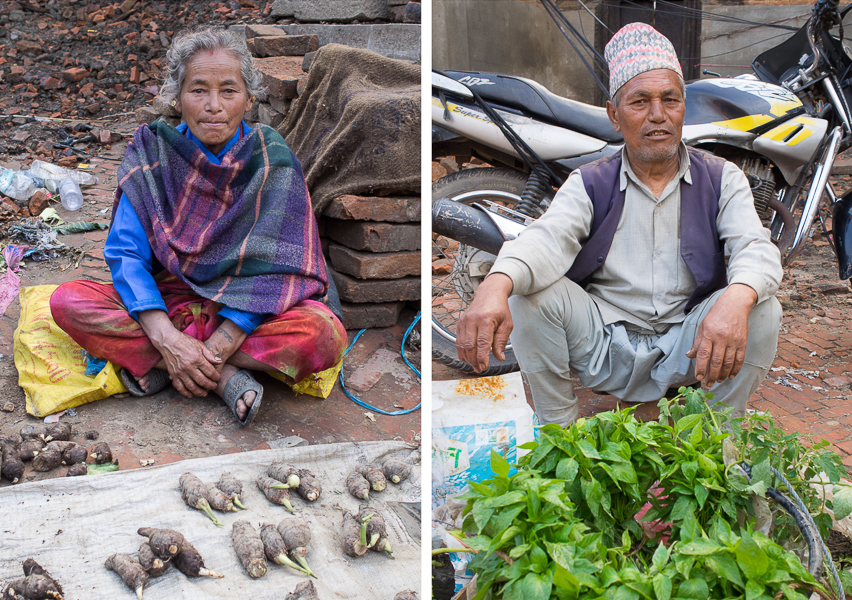




Fear On Assignment

Part 7 of the May, 2015 Loma Linda University Health Orthopedic Team visit to Nepal. The following post was written by Andrew Haglund, logisitical supporter for our team. Andrew’s eyewitness account was also posted on CNN’s iReport. (This and subsequent updates from Nepal will be intermittent and delayed due to marginal internet access at SMH).
The 40 some odd seconds during the magnitude 7.3 earthquake that struck here yesterday, were undeniably the most frightening of my life. No amount of preparation or even 42 years of Southern California shakers can prepare you for something quite like that. I’ve been here in Nepal for about a week now and was growing rather accustom to the frequent aftershocks, but it didn’t take long to realize this was different.
I am here in Nepal serving as logistical support for a small surgical team from Loma Linda University and Adventist Health International. Our team was assembled and deployed at the request of the Scheer Memorial Hospital administration based on our experience responding to the 2010 earthquake in Haiti at Hopital Adventist d’Haiti. We arrived with 22 cases of surgical instruments, medical consumables, medications, and all of the other supplies needed to function as a surgical unit. Since our arrival our surgeons have been operating both here and in another hospital close by, while I have been working with the Scheer administration to improve disaster readiness, increase communications channels, and consult on future NGO partnerships for the longterm recovery.

We had just completed a readiness exercise on hospital incident command with the Scheer administration in the 3rd floor conference room of the hospital. One of our team’s surgeons and I had decided to stay in the room for a few minutes to check emails on our laptops. When the room started to shake we instinctively locked eyes in an effort to force collective decision-making. Two other expatriate female mission workers were suddenly in the room with us. With few words shared the 4 of us sheltered in place for about 15 seconds, then the violence of the shaking increased. Again, with only a word or two exchanged we shifted for a doorway. The next few seconds presented an incredible set of choices, but when the shaking intensified yet again it was unanimous; “Okay, lets go”. Running past our shoes, we headed for the 3 flights of slick tile stairs in our socks. My mind was racing with thoughts of the previous day’s health cluster meeting where it was shared that it was the stairways that were “slicing” victims and should be avoided. We ran down those stairs with one thought in mind; get to open space.
As we exited the hospital and regained our composure, it was imperative to get back to our objective of assistance. The noise was incredible, birds were screeching, dogs were barking and people were wailing. Patients, family members, doctors and staff, were streaming out of the hospital. We spent the next few hours shifting basic hospital operations outside under tents, providing food, water, shelter, and as best possible, assurance that this too will pass.
Pray incessantly for the people of Nepal.
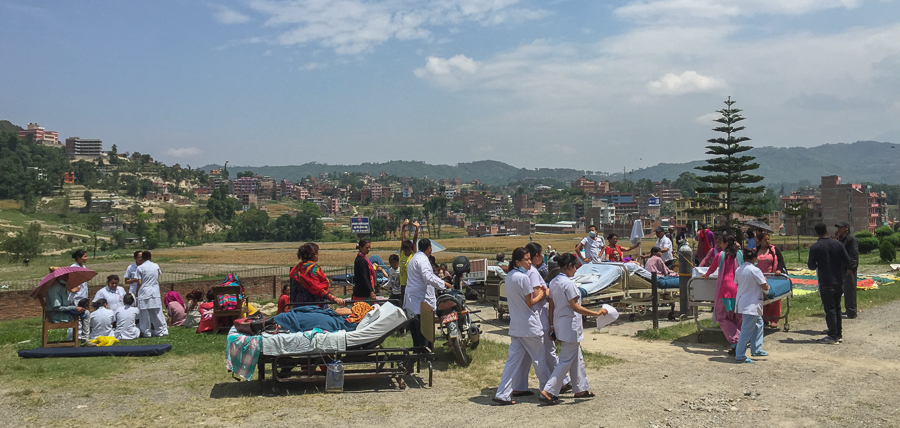
Immediately after the quake occurred, employees and patients began to exit the hospital building.

One by one, tents were erected to protect the patients from the elements.

Eventually some of the patients chose to return to the hospital building to spend the night.
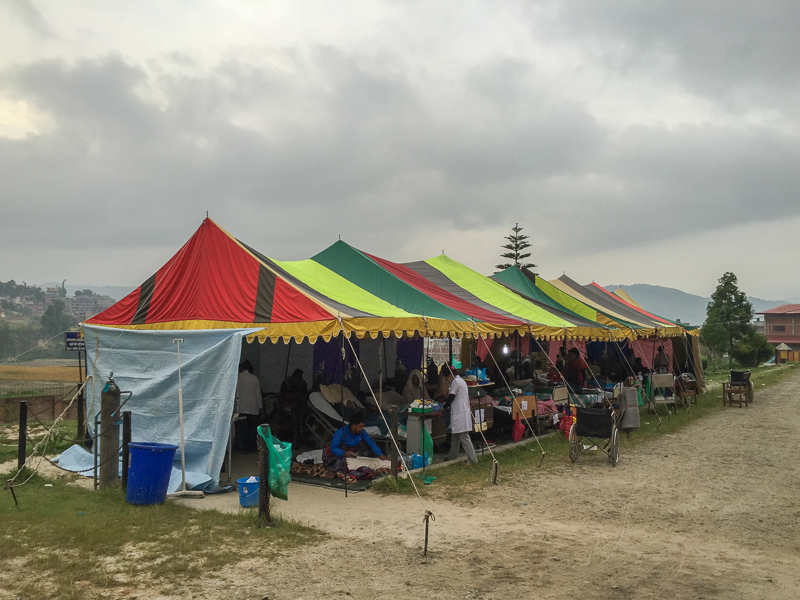
Most of the patients elected to spend the night under the tents away from the danger of falling buildings.
Shakedown In The OR

Part 6 of our May, 2015 Loma Linda University Health Orthopedic Team visit to Nepal. A new earthquake of 7.3-magnitude hit devastated Nepal on May 12, just 17 days after large parts of Nepal were leveled and more than 8,000 had died. The following post was written by Dr Scott Nelson who was operating at Dhulikhel Hospital when the second biggest Nepali quake this year occurred. Dr Nelson’s eyewitness account was also posted on CNN’s iReport. (This and subsequent updates will be intermittent and delayed due to marginal internet access at SMH).
Earthquake victims crowded the entrances, rooms, and hallways at Scheer Memorial Adventist Hospital and Dhulikhel/Kathmandu University Hospital east of Kathmandu. Operating room schedules overflowed with orthopaedic surgery cases as doctors and nurses have been working tirelessly to treat the seemingly endless stream of injuries since the April 25 earthquake. As the task at hand was being steadily accomplished and time was found to operate on some of the less emergent cases the country was again hit with a powerful tremor centered approximately 35 miles to the northeast of these hospitals.
Patients already suffering mentally and physically from the recent quake were terrified, some were able to get out of the hospital buildings where they felt safe and others that were bedridden were taken out by family members and healthcare workers. Two women went into labor minutes after the quake and one patient who was being weaned from the ventilator was able to be immediately extubated and then was moved out of the building.
I was performing a spine surgery on a victim that had suffered two vertebral body fractures from the first earthquake when the room began to shake. I paused as I was placing a screw into the spinal column thinking that this was just another aftershock and would soon pass. When the shaking strengthened I had little choice but to brace myself and finish inserting the screw. Half of our sterile pedicle screws fell on the floor, but we were able to finish the case in record time with the remaining implants. My Nepali assistants were stoic and stood strong throughout the operation during which four more tremors occurred. Shortly after the shaking stopped someone offered to relieve my nurse but she said she would not abandon the patient and her surgeon.
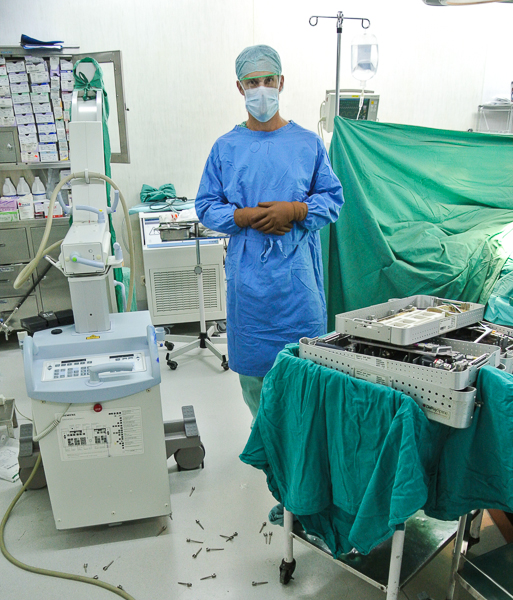
A triage center was once again set up outside of the hospital and patients began to flood in. Most were injuries from people who had jumped out of buildings or fallen in efforts to escape danger. By nightfall some patients had been moved back into buildings however others preferred to stay outside under tents and tarps.
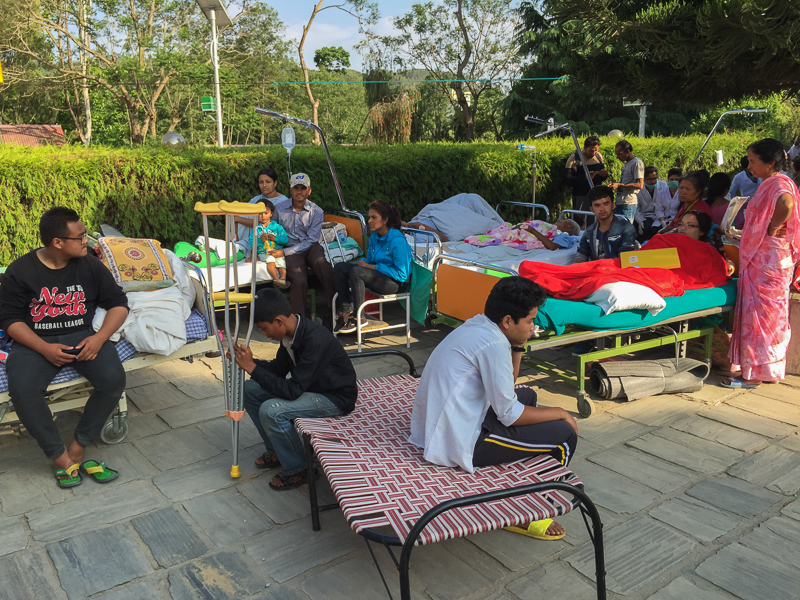
With already hypersensitive reflexes, patients outside of DH immdiately vacated the building when the new quake hit.

Drs Nelson and Shrestha reviewing an xray at the triage center outside of DH.
Settling In At SMH and DH
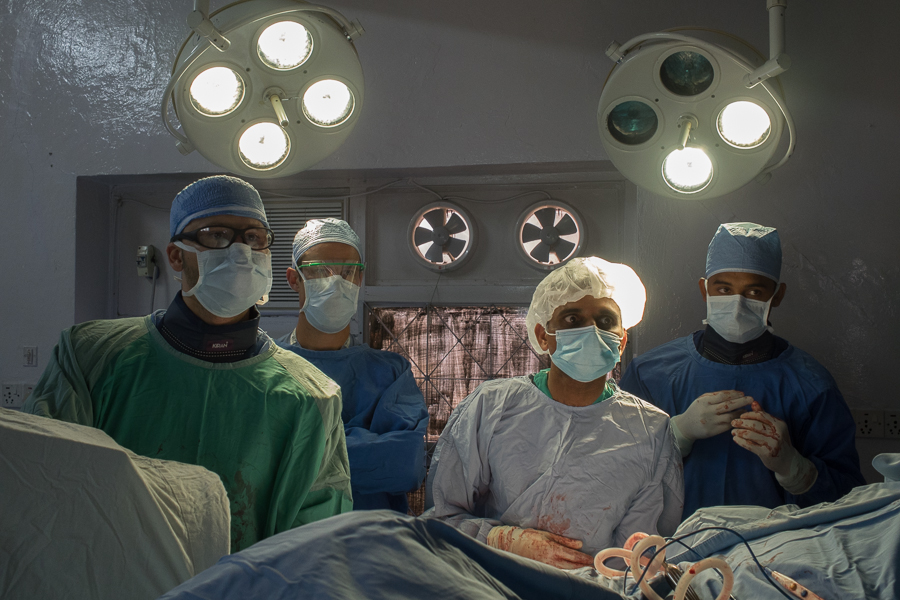
Part 5 of our May, 2015 Loma Linda University Health Orthopedic Team visit to Nepal. Some readers may find it unusual that we are posting trip reports from Nepal on a website devoted to a project in Haiti. However the precipitating circumstances (major earthquakes) are similar and currently a team that frequents Hopital Adventiste d’Haiti are working at Scheer Memorial Hospital (SMH) in Banepa, Nepal. (This and subsequent reports from Nepal will be posted in a straggled fashion due to inconsistent internet access).
Due to postquake patient flow, a nearby hospital received more trauma victims than SMH did. After finishing our cases last Friday we headed a few kilometers east on the road to China to Dhulikhel Hospital to determine if our team could be of assistance.
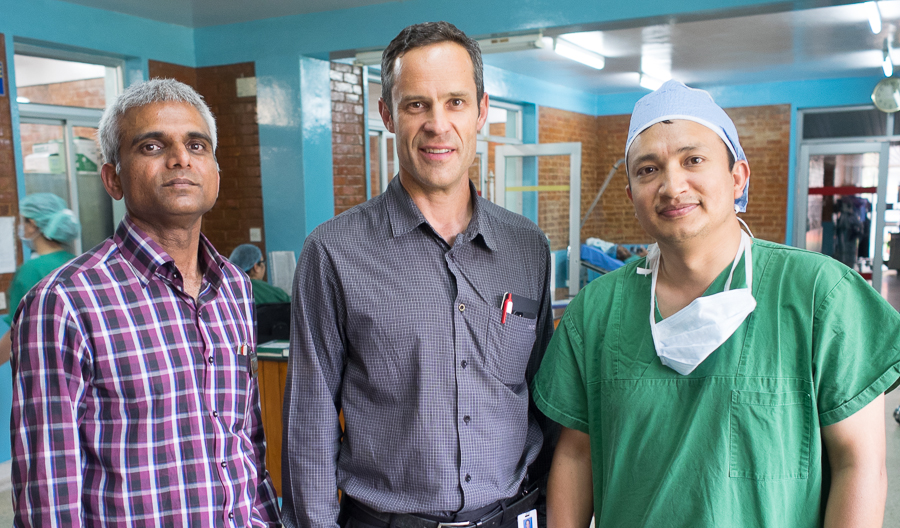
From L to R: SMH orthopedist Prameed Pilli, Scott Nelson, DH orthopedist Deepak Shresha.
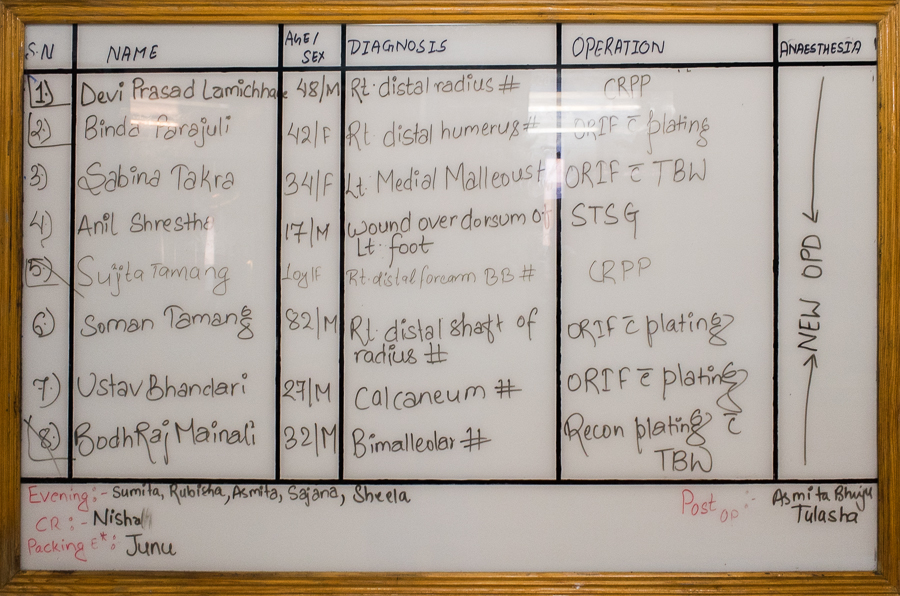
There was an impressive list of cases at DH waiting for surgeons to tackle.
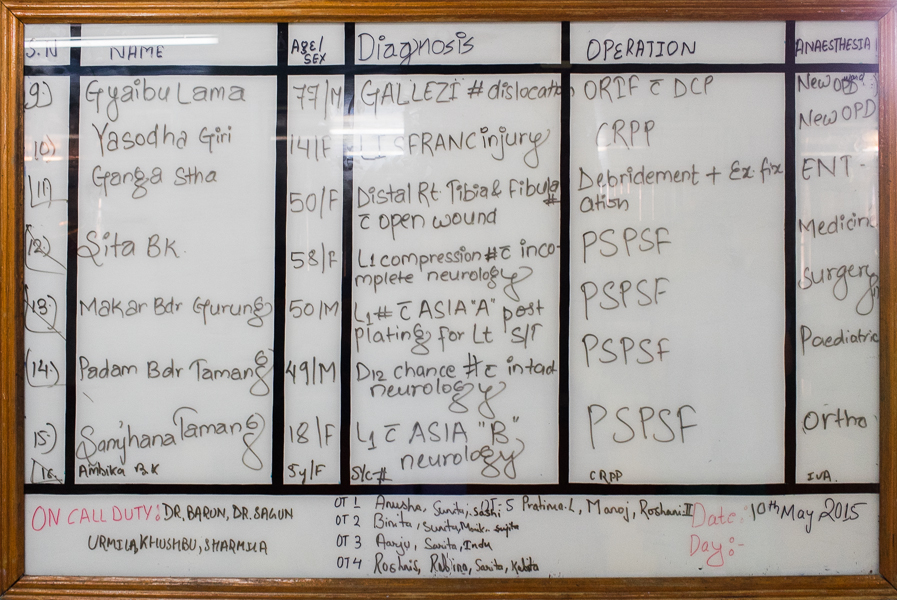
Second page of cases on the orthopedic surgical list for the same day at DH.

For the remainder of our time spent in Nepal, we elected to spread out our team between SMH and DH which proved to be a very rewarding option for both facilities. Here Dr Phil is working with Dr Pilli at SMH.

Scott and Jim stabilizing a spine at DH with allstar scrub tech Roshni on the left.
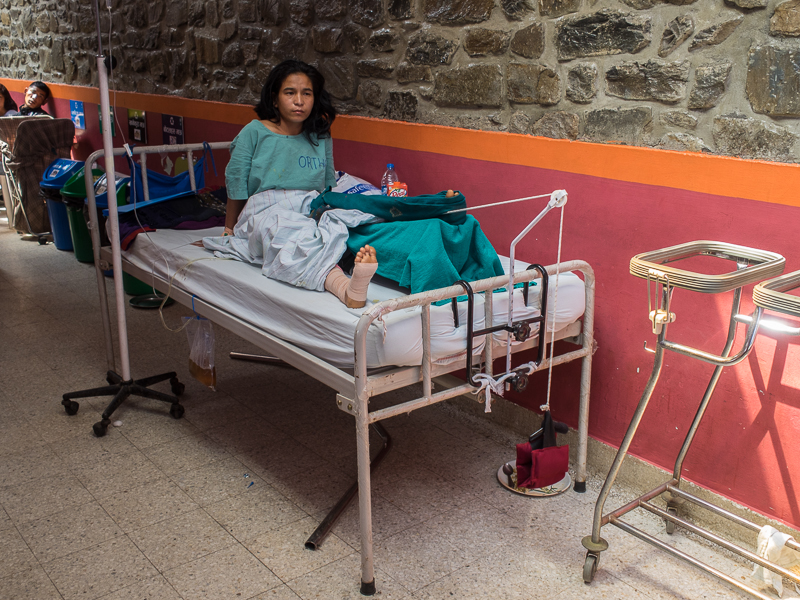
Patient in traction patiently waiting for surgery at DH.

Scott Nelson making rounds with an orthopedic PA at DH.

Dr Phil performing at ORIF of a bothbone forearm fracture at DH.
Walk through Bhaktapur, Nepal

Part 4 of our May, 2015 Loma Linda University Health Orthopedic Team visit to Nepal. On Saturday evening we had the opportunity to take a walk through Bhaktapur, a town just a few miles from our home base in Banepa. Up until the earthquake 2 weeks ago, Bhaktapur had the best preserved palace courtyards and old city center in Nepal, and is listed as a World Heritage Site by UNESCO for its rich culture, temples, and wood, metal and stone artworks. As pictured in the banner image above, much of the damage can be attributed to the fact that most of the older structures were made of mud bricks without reinforcement.
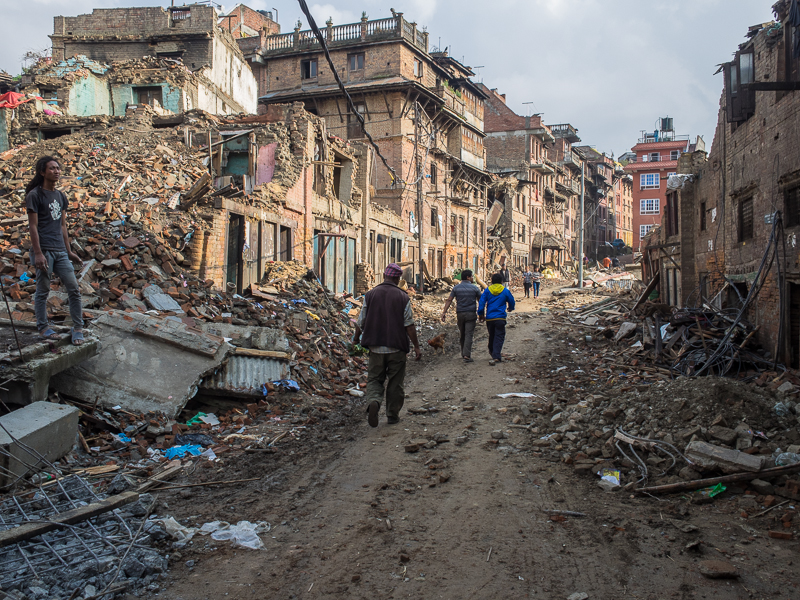

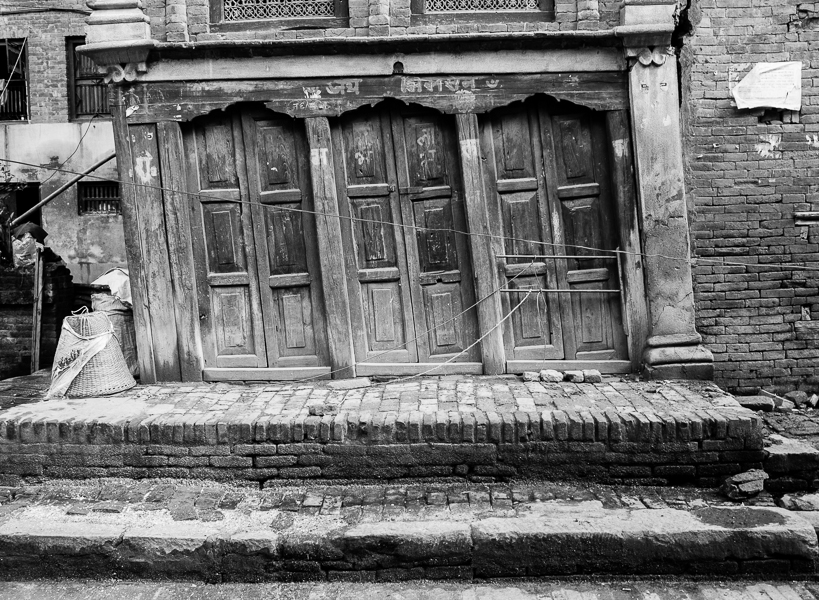



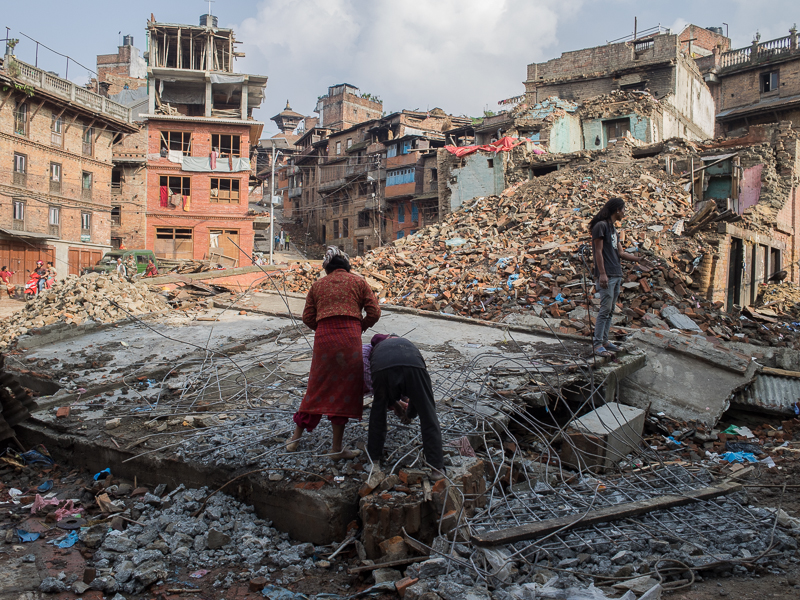
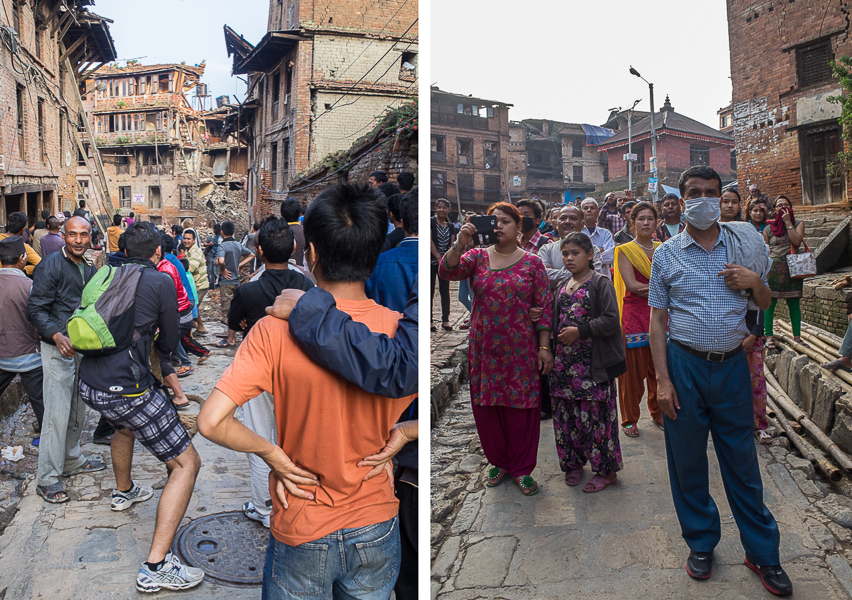
On more than one occasion we witnessed large groups of people gathered to try and topple precarious buildings teetering on the brink of total collapse. The strategy was to tie a heavy rope to the top of an endangered structure then elicit members of the audience (including our own Dr Guillen with the green backpack on the left) to help pull it down.
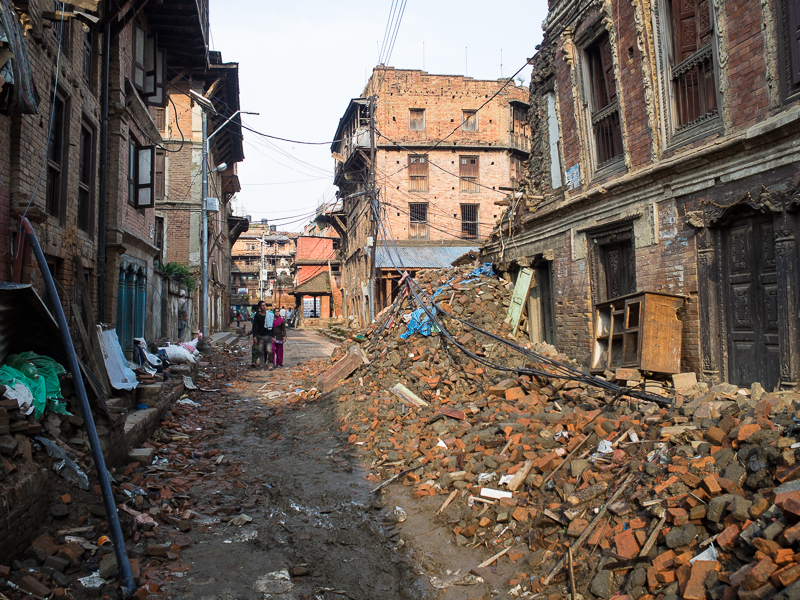
Nepal Orthopedics Day 1
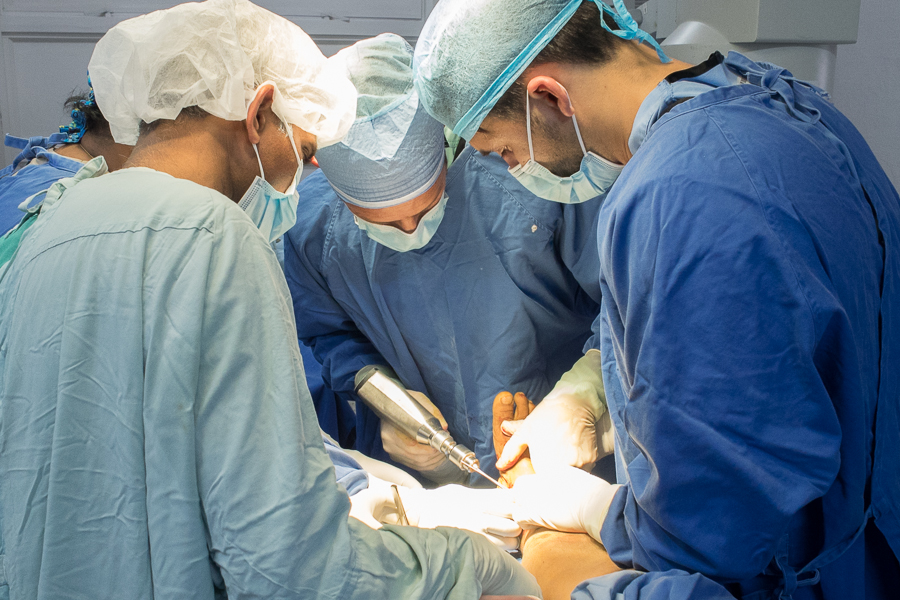
Part 3 of our May, 2015 Loma Linda University Health Orthopedic Team visit to Nepal. Please consider donating to Adventist Health International’s Nepal Earthquake Fund.
There were several surgical patients waiting for our team when we showed up for morning report. Although all cases were “quake-related”, at least half occurred in the 1-2 days after the Big One and were secondary to jumpers out of 1-2 story buildings responding to aftershocks. As with the post-quake Haiti victims, many patients with open wounds are arriving to area hospitals on a delayed basis making it difficult to perform definitive open reduction and internal fixation (ORIF) because of concerns for infection.
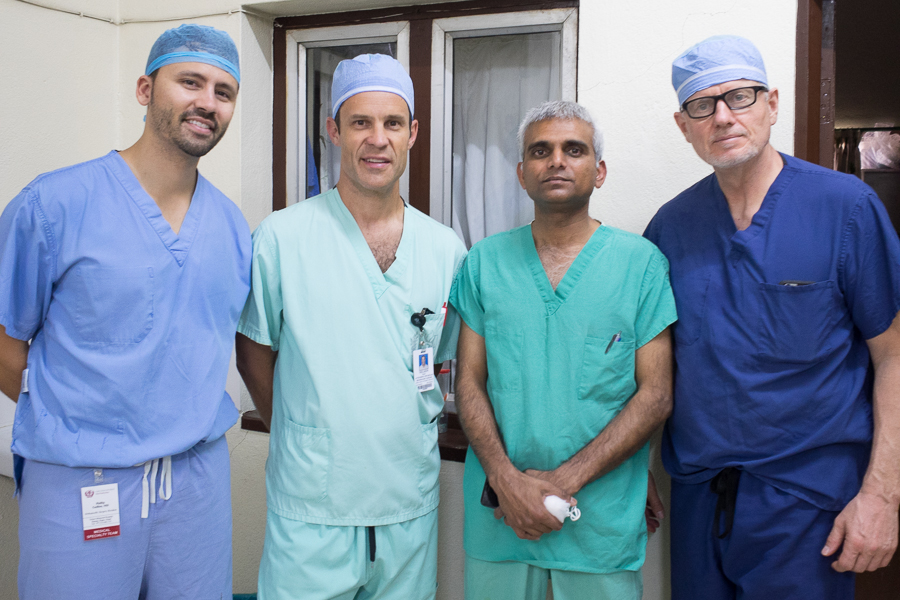
The newly expanded Scheer Memorial Hospital Orthopedic Surgery Team from L to R: Phillip Guillen, Scott Nelson, Prameed Pilli and Jim Matiko.

This patient had a crush injury to his foot with open wounds that were infected necessitating debridement and washout.

The aforementioned patient also had a closed, ipsilateral distal tibia fracture. However because of the infection in his foot we could not perform the preferred ORIF but applied an external fixator instead.

Jim Matiko and Scott Nelson performing a closed reduction and percutaneous pin fixation on an elderly lady with a closed distal radius fracture. This pair last worked together in this operating room 16 years ago so it was a unique experience to have the opportunity to do it again.
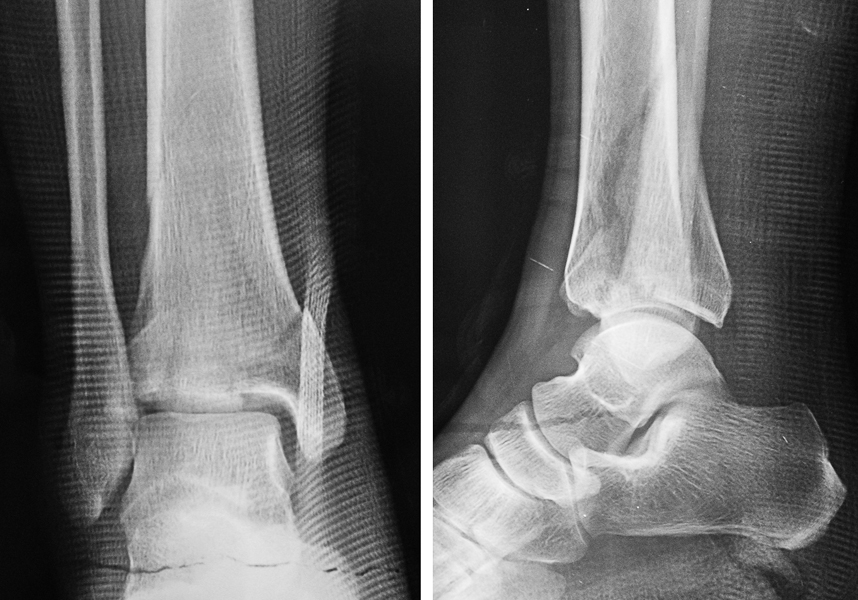
This patient presented with a closed, comminuted, intra-articular fracture of the distal tibia after jumping from a 2-story window during an aftershock.
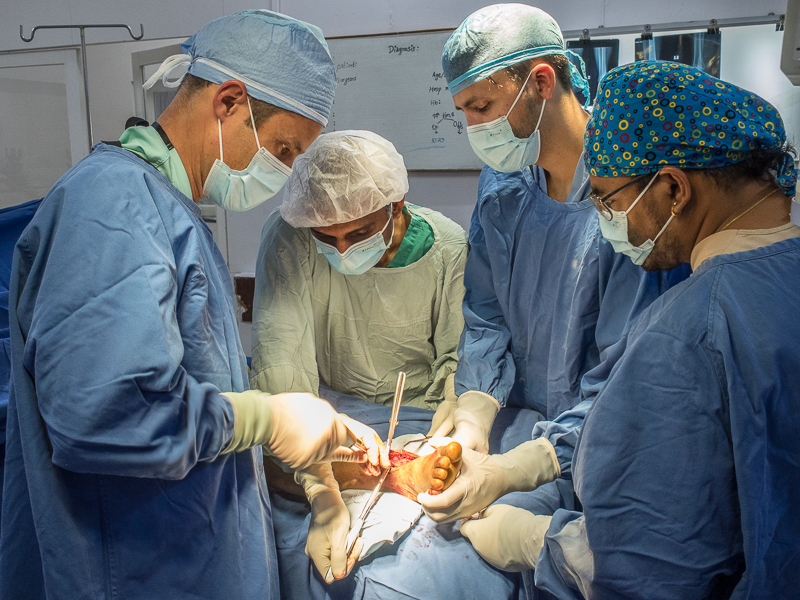
Drs Nelson, Pilli and Guillen performing the distal tibia approach.

The 2 operating rooms were beautiful and in much better condition than when we last visited.

Operating room supplies and back tables were well organized, a significantl improvement from our experience in Haiti.
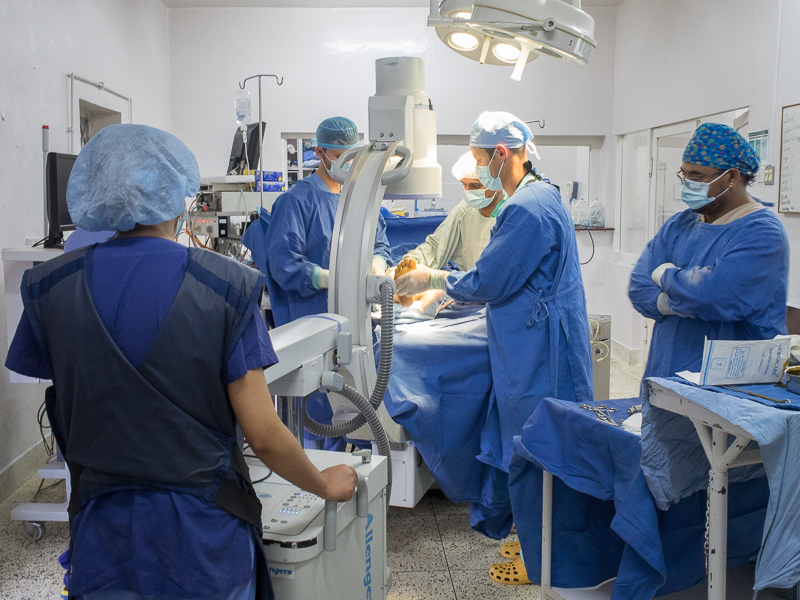
The C-arm image intensifier worked flawlessly and produces beautiful images. To our amazement, this machine, manufactured in India, cost the hospital less than $20,000. Even a bare-bones C-arm in the US will set us back $75K.
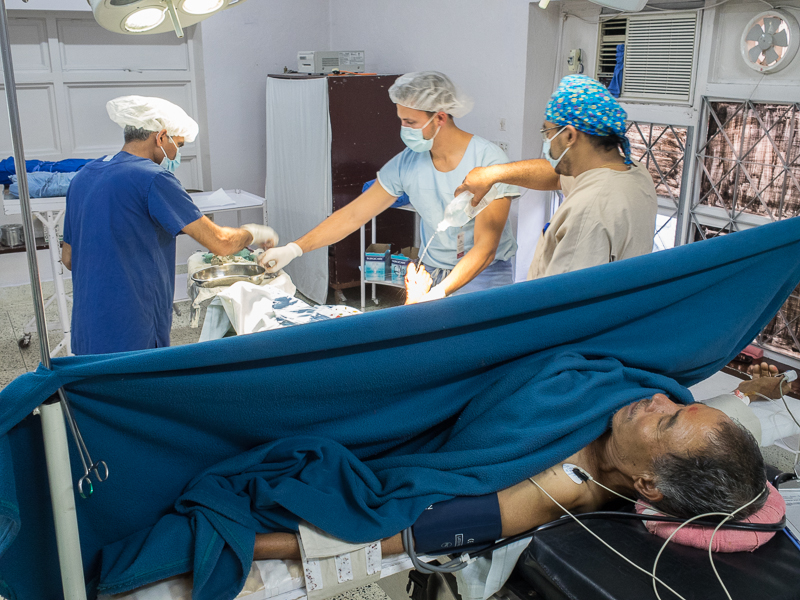
The vast majority of cases appear to be performed under regional anesthesia which is safer for the patients and diminishes time spent in the recovery room.
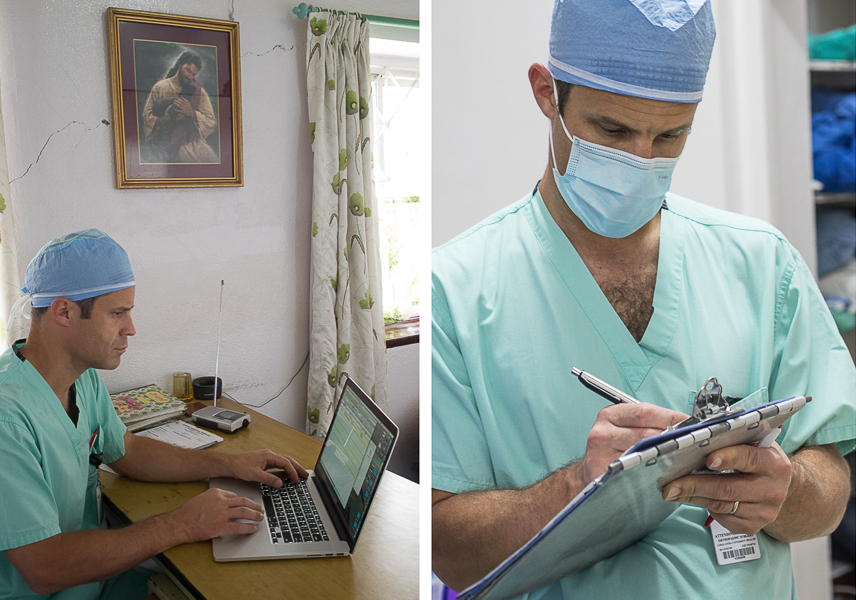
Unfortunately, even overseas there is paperwork to be done, much less than at home, but present none-the-less.
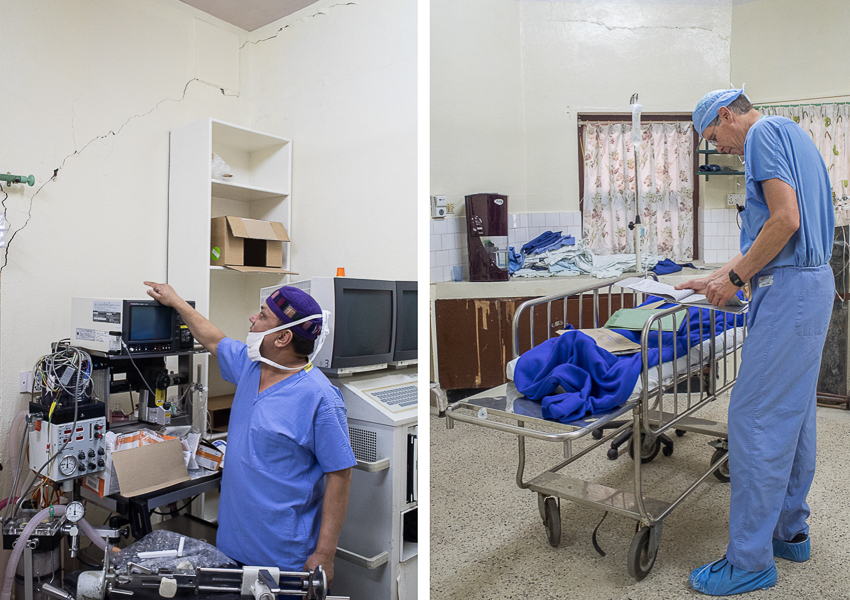
Surgical tech Laxman on the left pointing to a crack in the wall from the quake in the operating room. Anesthesiologist Steve Mulder evaluating a patient in the preop holding area. Note the crack in the wall above and behind him. Overall, Scheer Memorial Hospital sustained relatively minimal damage compared to other facilities located closer to the quake’s epicenter.
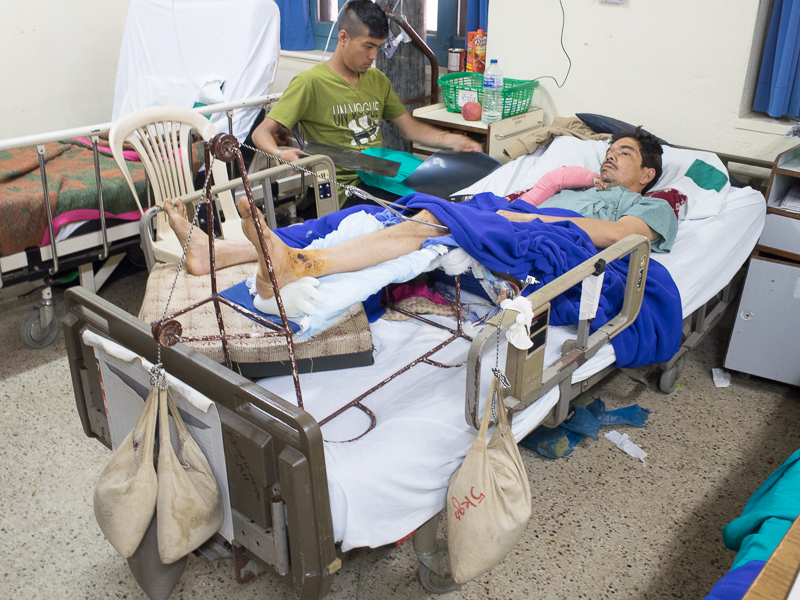
Patient lying in a creative traction setup awaiting surgery for a complex fracture/dislocation of the pelvis.
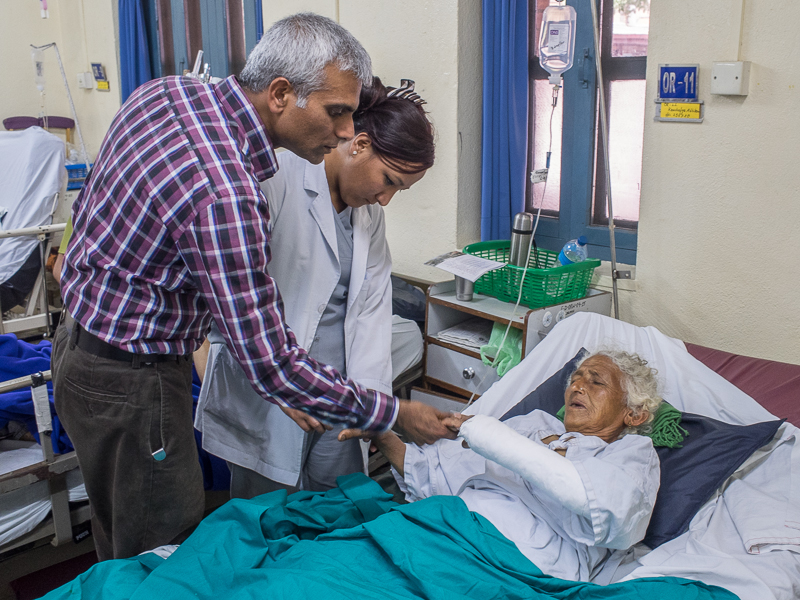
Dr Pilli performing a postoperative check with an ortho nurse on our distal radius fracture patient.
On Our Way To Kathmandu!

Part 2 of our May, 2015 Loma Linda University Health Orthopedic Team visit to Nepal. The banner image above is a shot of the tracking screen in front of each seat on Etihad Airways.
We finally made it safely to our destination, Scheer Memorial Hospital in Banepa, Nepal, almost 37 hours after leaving Loma Linda, California. Two Super Shuttles picked us up by the Medical Center at 1 am Wednesday and we sped down a relatively vacant freeway to LAX.

Unloading our bagss off the 2 Super Shuttles
Processing 23 bags at the check-in counter was challenging but our overweight surcharge could have been much worse.
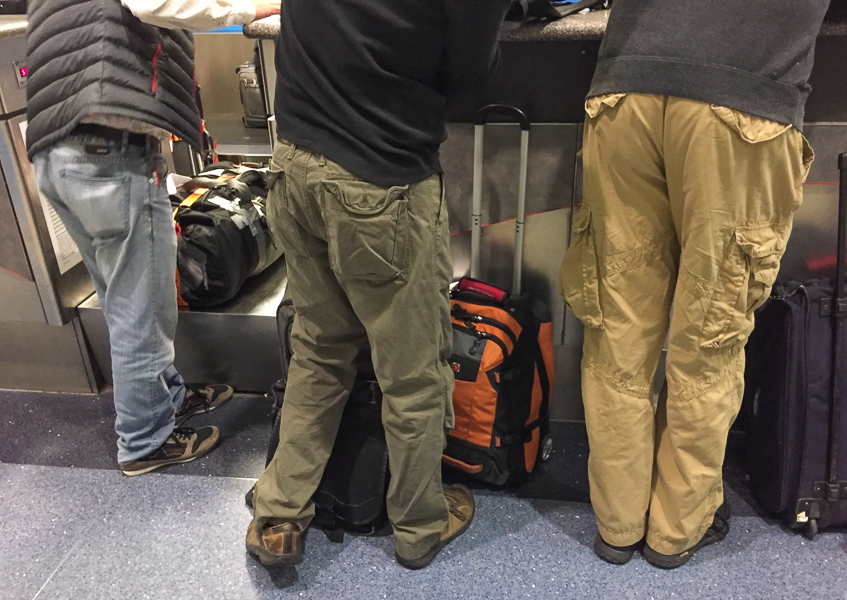
Nepali Weight Loss Program…Lose pounds in seconds!
At this point we need to give Jerry Daly and his crew at Global Health Institute a shout-out for the meticulous preparation of our gear and paperwork. All of the packaging, particularly of heavy and/or delicate surgical equipment, came through unscathed and we had no problems clearing Customs and Immigration in Nepal.

Global Health signage on all of our baggage
It was great to have anesthesiologist Steve Mulder join us at LAX finally making the team complete. Steve left Templeton in central California at 11:30 Tuesday evening and he had a close call on the freeway narrowly avoiding being hit by an obviously confused driver traveling the wrong way in his lane.

From L to R: Surgical technician Elaine Lewis, Orthopedic surgeons Scott Nelson, Jim Matiko and Phillip Guillen, Logistical Support Andrew Haglund and Anesthesiologist Steve Mulder
Our flight left Los Angeles at 5 am taking us 3 1/2 hours to reach Chicago where we boarded an Etihad Airways flight ultimately landing in Abu Dhabi 13 hours later.
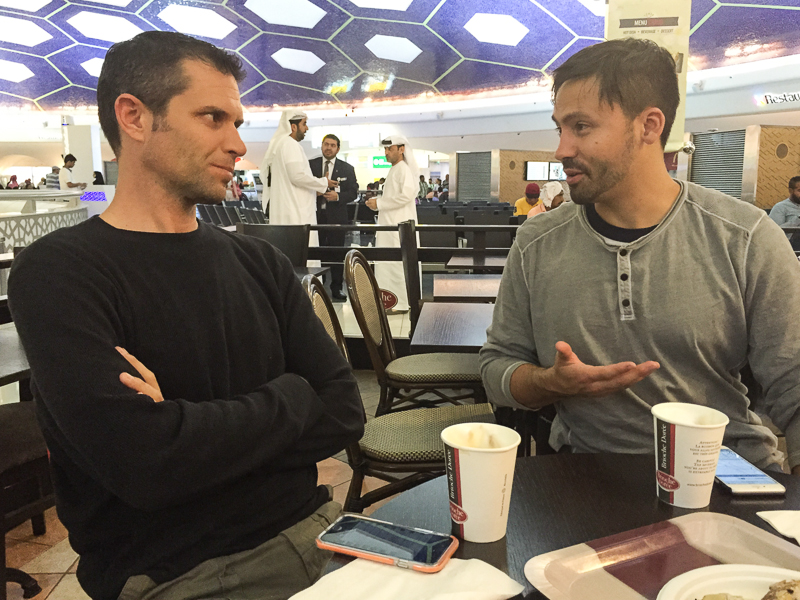
Sheeks Andrew and Phillip enjoy a cappuccino in the company of the real thing
The third leg of our journey took us 4 1/2 hours to reach Kathmandu in part because of heavy traffic in an already earthquake-compromised airport delayed our clearance for landing.

Excited to land in Kathmandu
As noted previously, passing through the authorities was a breeze but it took us over 2 hours to obtain all 23 pieces of our luggage and board the bus for our new temporary home. We are grateful for the safe passage to Nepal and look forward to a challenging experience here at Scheer Memorial Hospital over the days to come.

Waiting for bags in Kathmandu.
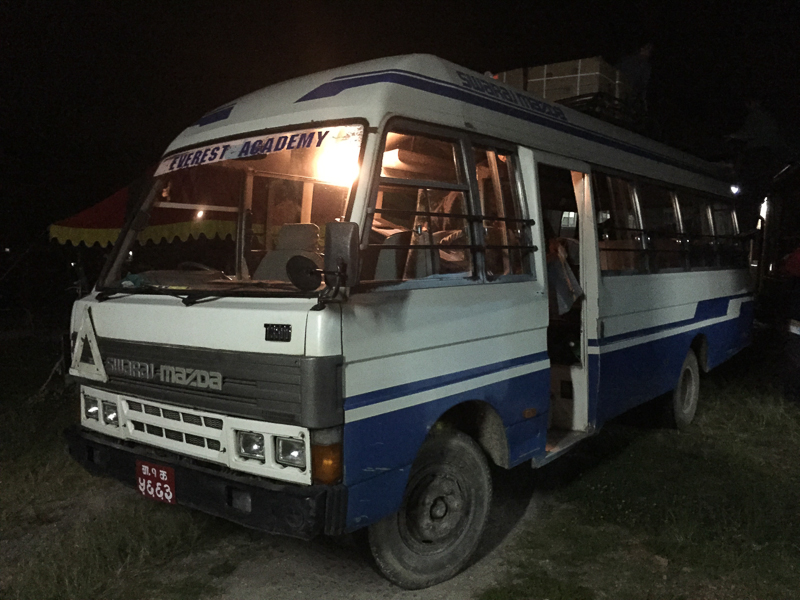
Bus transport from Kathmandu airport to Scheer Memorial Hospital.
